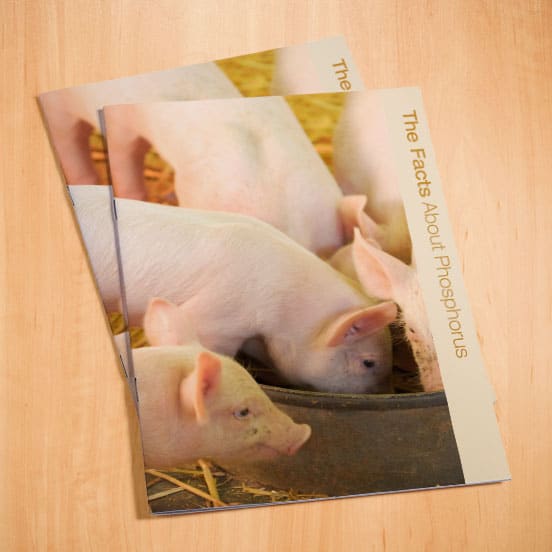
A new publication about Phosphorus derived from animal by-products is now available on this site.
Phosphorus is an important nutrient for both plant and animal growth. Being critical for various cellular functions including as a component of DNA and being present in large quantities in human and animal bones, it is also found in smaller quantities throughout the body.
Rock phosphate is the mineral form, being reused from food grade sources as a high value feed ingredient or fertiliser.
It is mined and processed into fertilisers and feed supplements. Rock phosphate is also used in a wide range of other industrial applications.
Peak Phosphorus Curve
It is predicted that rock phosphate production will decline significantly later this century.
Food grade bones are normally processed to extract gelatin. Gelatin is an important ingredient for the food and pharmaceutical industry. Crushed bones are degreased then demineralised with diluted hydrochloric acid. Thus, the calcium-phosphate is precipitated. The end product is a compound rich in Phosphorus and Calcium. It is known to be suitable for use in feed stuffs for pets, poultry, aquafeed and pigs.
The main benefits of recovery in this way are:
- high level of available and digestible Phosphorus – approximately 95%
- Calcium available in available and digestible form
- safe product which is fully traceable from origin
- low in heavy metals, dioxin and radio-activity
- contributes to sustainable livestock production
Phosphorus is returned to the food chain as fertiliser. Dicalcium phosphate is an excellent fertiliser ingredient, with lower levels of heavy metals a distinct advantage compared to rock phosphate.
Hydroxyapatite or de-limed bone meal is another by-product from food grade bones that is used as fertiliser.